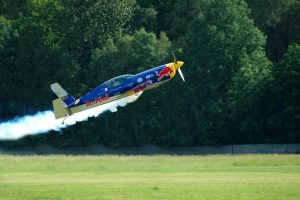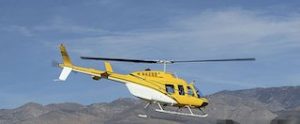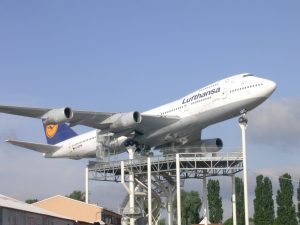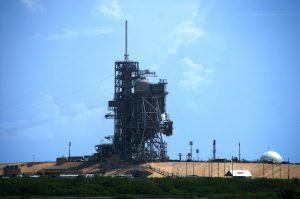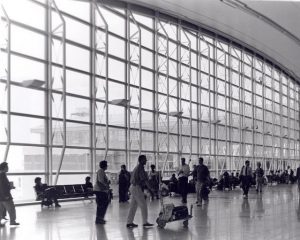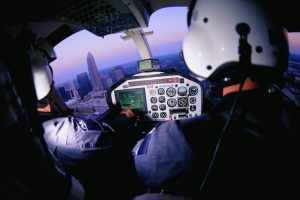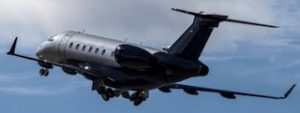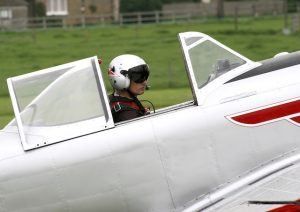The Role Of Techlead At The Control Tower
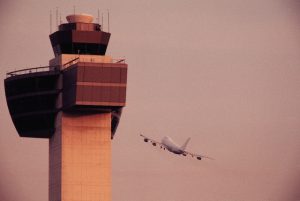 A techlead at the control tower keeps operations stable and smooth. Their work supports safety and system performance every day. Each shift brings new tasks that demand focus and strong technical knowledge. Airlines depend on them to track and fix technical issues fast. Clear systems must run without delay or failure.
A techlead at the control tower keeps operations stable and smooth. Their work supports safety and system performance every day. Each shift brings new tasks that demand focus and strong technical knowledge. Airlines depend on them to track and fix technical issues fast. Clear systems must run without delay or failure.
Techlead oversees daily infrastructure functions
A techlead monitors all communication systems that support air traffic. These systems must stay connected during every flight. Reliable radar data and radio lines keep flights coordinated. A techlead checks data transmission without breaks in flow. As planes move, systems need to work with accuracy and speed. Smooth software performance allows real-time updates for controllers. A single issue can delay planes or confuse teams. Therefore, every minute counts when problems appear. With this pressure, a techlead reacts fast and uses past experience. Many rely on automated alerts that track system behavior.
Techleads also review server logs to find hidden patterns. These patterns can lead to early fault detection. Hence, proactive monitoring prevents larger failures. This focus on prevention protects passengers, crew, and equipment. Each system improvement reduces risk and adds peace of mind.
Managing control tower applications
Each control tower uses complex platforms to guide aircraft. These platforms must sync data between radar, weather, and scheduling systems. A techlead ensures that all applications speak the same digital language. Even one delay in sync can confuse dispatch and tower teams. During peak travel hours, systems face more stress. Therefore, the techlead prepares extra safeguards. These include data caching, cloud backup, and fault tolerance protocols. With these in place, sudden spikes will not crash systems. Extra speed means no delay in sharing flight status.
Meanwhile, software updates are planned and tested in advance. A techlead avoids downtime by using scheduled rollouts. They work with developers to test systems in sandbox mode. Once stable, the updates move to live environments. This step protects against new software errors. Besides updates, techleads create emergency restore plans. If systems go down, fast recovery is needed. These backup paths restore traffic data, gate info, and crew shifts. Moreover, backup tools must work even when the network fails. Resilience comes from daily testing and stress drills.
Supporting real-time communication
Tower staff must talk to pilots and ground teams without delay. To help this, techleads manage network strength. Clear signals allow fast decisions and fewer mistakes. Without these connections, planes may face delays or even danger. A techlead keeps voice channels stable and crisp. Any noise or drop in service gets fixed fast. For this reason, audio quality tools run full-time. These check sound levels, compression, and lag. Techleads use this data to fine-tune microphones and speakers.
Besides audio, control towers use instant text systems. These systems send airport alerts, route changes, or weather warnings. A techlead manages this flow with secure encryption. Security is key since fake messages can disrupt flights. With firewalls and filters, messages reach the right team only. To support this, redundancy is built into all voice and data systems. If one line fails, another takes over. A techlead tests these failovers monthly. Their work ensures no gap in safety when systems switch.
Overcoming software limitations
Airline control software needs regular tweaks. A techlead must identify what slows down workflows. After each problem, they look for coding bugs or memory leaks. These findings lead to better tools and faster updates. The techlead often works with external vendors. Software built by partners needs patches or performance reviews. Communication must stay clear across all teams. Each task is tracked through tickets and timelines. This planning keeps tower staff updated on new tools.
Custom software helps towers adapt to new traffic patterns. Each airport has unique rules and challenges. Therefore, the techlead adjusts features to suit local needs. This flexibility reduces mistakes and saves time. Moreover, custom dashboards display live data in easy formats. As needs grow, old tools may not keep up. Then, the techlead helps migrate systems to newer platforms. This shift requires training, testing, and validation. The techlead leads this process step by step. Their support makes change smooth for users.
Bridging engineering and operations
Technical teams and tower staff must stay in sync. A techlead ensures both speak the same language. For this, regular check-ins help explain updates and feedback. Strong communication avoids confusion between systems and end users. When issues arise, the techlead steps in to translate needs. Engineers may focus on backend logs. Meanwhile, tower staff report slowdowns or odd glitches. The techlead connects both views and finds solutions. This process builds trust and speeds up fixes.
Meanwhile, changes must meet aviation rules. Each update must pass security and data checks. The techlead tracks rule compliance at each stage. This step avoids problems during audits or inspections. Also, it shows that systems meet aviation safety codes. For big tasks, the techlead builds task boards and timelines. These visuals keep teams on track. From design to launch, each stage gets tested and reviewed. This steady flow prevents last-minute issues and stress.
Focusing on data security
Airlines share sensitive data between teams. Therefore, the techlead manages strong defenses across systems. Access must stay limited to trained staff only. Each login and file transfer is tracked and logged. Firewalls, secure gateways, and threat scans run day and night. The techlead sets these tools and checks logs daily. When odd activity appears, alerts go out fast. This quick response keeps networks clean and protected.
Staff must follow security rules. So, the techlead trains them to spot tricks like phishing emails. With better training, fewer breaches occur. Also, password rules and login checks add more safety. These tools lock out hackers and protect systems. Moreover, each update must pass code reviews. This extra step finds weak spots or risky features. A techlead may also run simulations to test defenses. These drills show how well systems fight off fake threats.
Developing digital dashboards
Tower teams need data in clean formats. The techlead builds dashboards that show live flight progress. These tools must refresh fast and stay easy to read. Also, they show alerts, gate status, and weather changes. Custom dashboards help shift leaders assign duties better. For example, they can move staff during gate delays. With these tools, decisions happen faster and smoother. A techlead updates these dashboards with each new need.
When new sensors get installed, data flows must be mapped. The techlead links them to the right display fields. With this, teams get new insights from added hardware. Each new feature blends in without breaking old layouts. Meanwhile, data exports help in audits and reviews. So, the techlead builds export tools that follow rules. Clean logs support reports and planning. Better reports lead to smoother growth for the tower.
Training and support duties
Technology changes quickly, so training must stay active. A techlead sets up sessions for new tools or rules. These sessions keep teams prepared for changes. With more knowledge, mistakes go down and speed goes up. Each shift may bring new staff or updates. The techlead helps users understand changes fast. They create notes, videos, or walkthroughs. These materials stay short and clear for easy use.
For issues, a techlead offers help through tickets or calls. Quick help means less delay in tower duties. Therefore, support must stay responsive day and night. Logs from past fixes also help train new techleads. Feedback helps improve tools and support. So, the techlead listens and adds requested features. Each upgrade starts with team needs. Then, it flows into new systems over time.
Planning for future demands
Air traffic keeps growing. So, techleads must plan for bigger data loads. They test current systems under peak loads. When strain appears, upgrades start fast. These changes keep systems smooth as demand climbs. New tech trends also shape future needs. For example, AI tools help spot faults or delays early. The techlead explores these ideas with pilot programs. If results work, wider use follows soon after.
Each new plan must also fit budget needs. So, the techlead works with finance teams. Smart planning finds tools that bring high value. With careful timing, costs stay low while systems grow. Growth brings more tools and partners. So, techleads lead tech vendor talks. These talks cover features, support, and security checks. Each choice adds to long-term tower success.
Strong tech leads, strong towers
A techlead at the control tower brings calm to chaos. Their knowledge supports safety and daily speed. From networks to dashboards, their hands touch each system. With focus, they train teams, patch issues, and plan ahead. Their quiet work keeps each tower standing strong in every flight.
